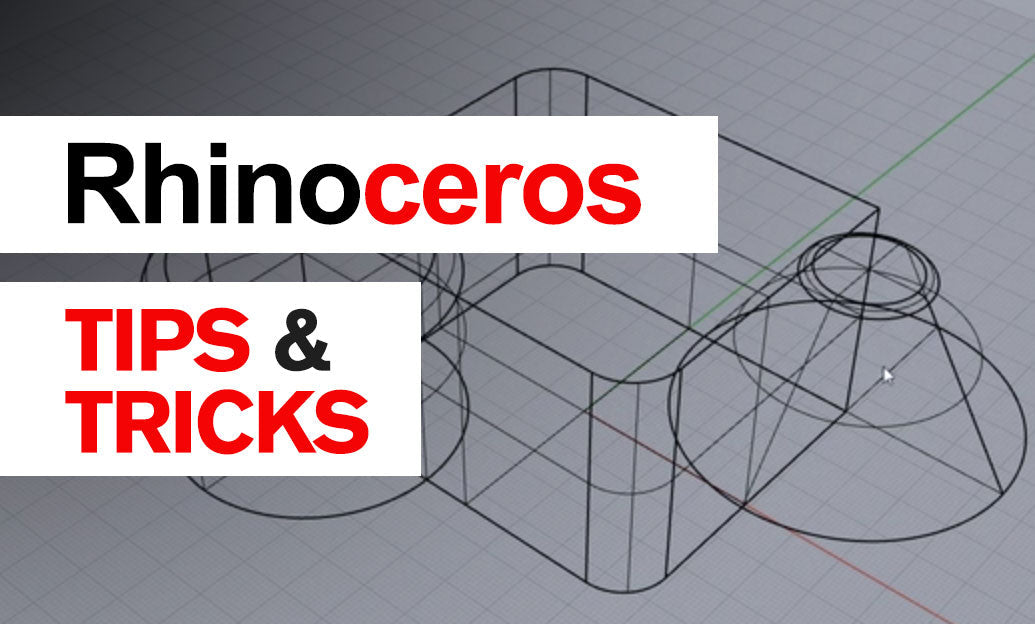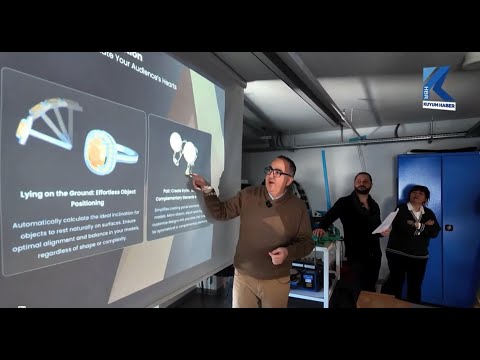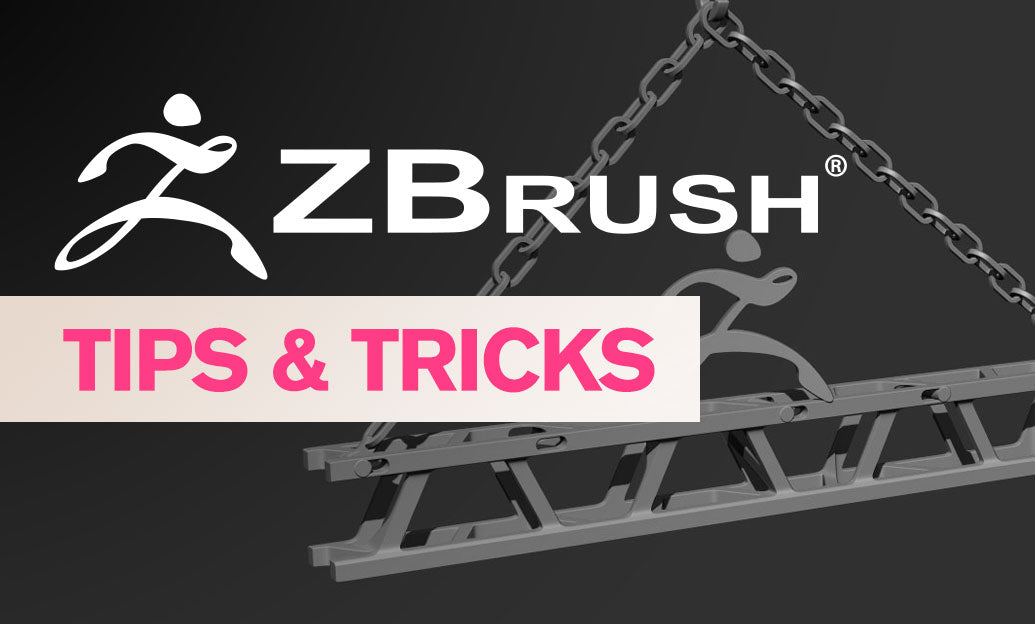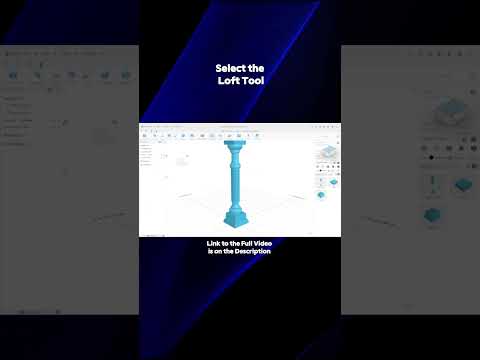Your Cart is Empty
Customer Testimonials
-
"Great customer service. The folks at Novedge were super helpful in navigating a somewhat complicated order including software upgrades and serial numbers in various stages of inactivity. They were friendly and helpful throughout the process.."
Ruben Ruckmark
"Quick & very helpful. We have been using Novedge for years and are very happy with their quick service when we need to make a purchase and excellent support resolving any issues."
Will Woodson
"Scott is the best. He reminds me about subscriptions dates, guides me in the correct direction for updates. He always responds promptly to me. He is literally the reason I continue to work with Novedge and will do so in the future."
Edward Mchugh
"Calvin Lok is “the man”. After my purchase of Sketchup 2021, he called me and provided step-by-step instructions to ease me through difficulties I was having with the setup of my new software."
Mike Borzage
Rhino 3D Tip: Maximizing Efficiency in Rhino 3D with the History Command for Parametric Modeling
January 14, 2025 2 min read

The History Command in Rhino 3D is an indispensable feature for parametric modeling, allowing you to maintain dynamic relationships between geometric objects. By leveraging history, you can make adjustments to input objects and have those changes automatically propagate to the dependent geometry, streamlining your workflow and enhancing productivity.
To make the most of the History Command, consider the following steps:
-
Activate History Recording: Before performing operations, ensure that history recording is enabled. Click on the Record History button in the status bar or type
Historyin the command line and setRecord=Yes. This ensures that subsequent commands will record history. -
Use History-Supported Commands: Not all commands in Rhino support history. Common commands that do include
Sweep1,Sweep2,Loft,BlendSrf,Revolve, andNetworkSrf. When you use these commands with history recording on, the resulting surfaces or solids maintain a link to the input curves or surfaces. - Modify Input Geometry: After creating geometry with history, you can edit the input objects. For example, move, scale, or edit the control points of the input curves. The changes you make will automatically update the dependent geometry.
-
Understand History Status Icons: Rhino displays small icons near objects to indicate their history status:
-
 Indicates an object is a parent (input) object.
Indicates an object is a parent (input) object. -
 Indicates an object is a child (dependent) object.
Indicates an object is a child (dependent) object.
-
-
Use
HistoryCommand Options: TheHistorycommand offers options such asUpdate,Lock, andPurge.-
Update:Manually update child objects if automatic updates are turned off. -
Lock:Prevent specific history relationships from updating. -
Purge:Remove history from selected objects to reduce file size or improve performance.
-
Best Practices When Using History:
- Selective Use: Apply history to components of your model that are likely to change, keeping your file efficient and manageable.
- Avoid Excessive Complexity: Overusing history in complex models can slow down performance. Be strategic about where it's most beneficial.
- Manage Dependencies: Be aware of how objects are linked; changing or deleting a parent object can significantly impact child objects.
- Save Incrementally: Regularly save versions of your file. If history relationships become problematic, you can revert to a previous state.
- Document Your Workflow: Keeping notes on how history is used can aid in collaboration and troubleshooting, especially in team environments.
By effectively utilizing the History Command, you can:
- Enhance Design Flexibility: Experiment with different forms by adjusting input curves and see immediate updates in your model.
- Improve Accuracy: Maintain geometric relationships and constraints automatically, reducing the chance of errors.
- Streamline Revisions: Implement client feedback or design changes more quickly as updates cascade through the history-dependent elements.
Incorporating the History Command into your Rhino modeling practices can significantly improve efficiency and model quality. For more insights and professional tips on Rhino 3D, check out NOVEDGE, the leading online store for design software and accessories.
You can find all the Rhino products on the NOVEDGE web site at this page.
Also in Design News

💎 Rhino Artisan Arrives in Turkey: Revolutionizing Jewelry Design
February 27, 2025 1 min read
Read More
ZBrush Tip: Mastering Curve Surface for Unique Textures in ZBrush
February 27, 2025 2 min read
Read MoreSubscribe
Sign up to get the latest on sales, new releases and more …



